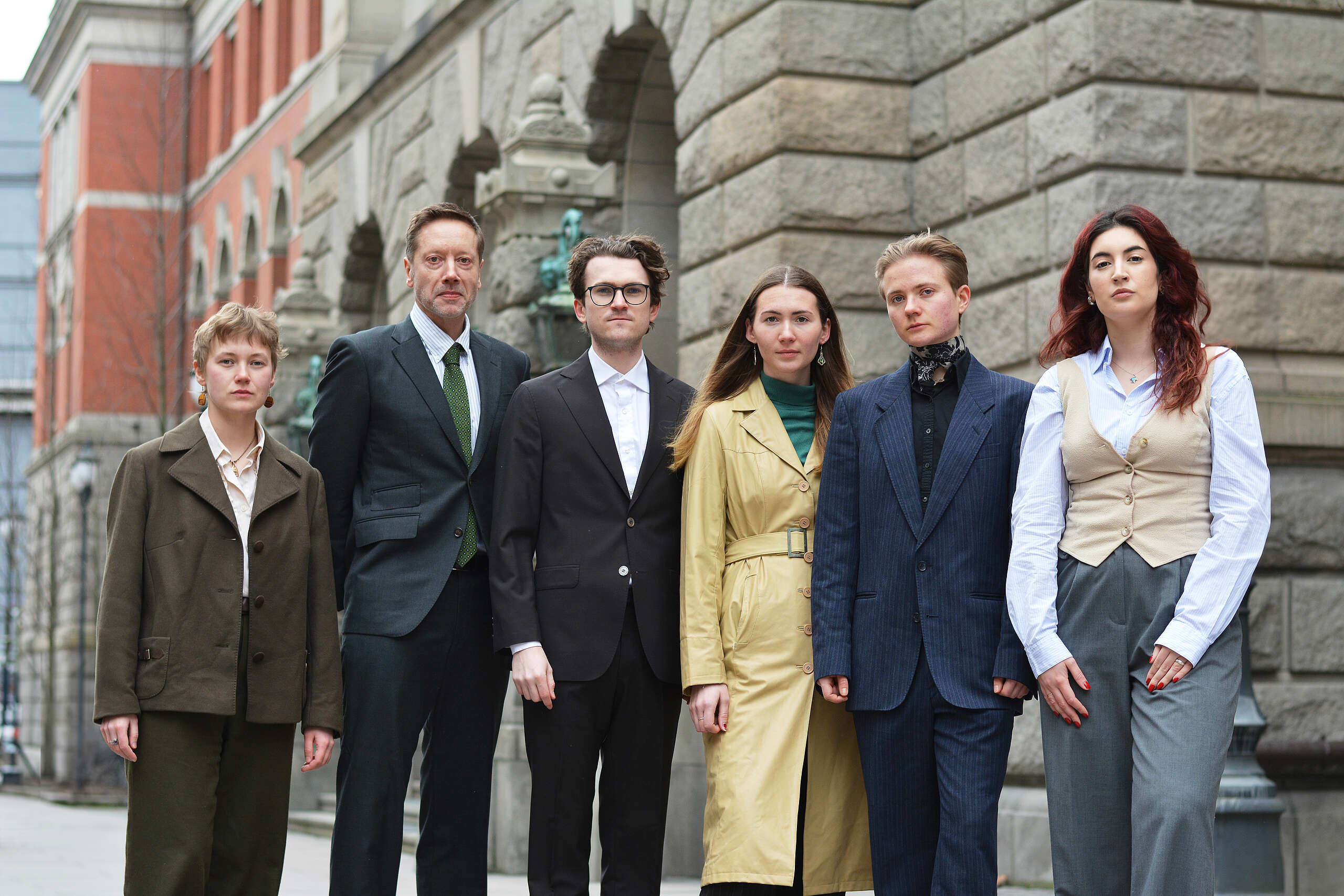What happened?
Almost everyone in Russia has heard about the Norilsk accident. In May 2020, more than 20 thousand tonnes of diesel fuel seeped into the soil and water on the Taymyr peninsula in the Russian Arctic and the Ambarnaya River ran red.

Following public pressure, media attention, evidence from Greenpeace Russia — and finally a court battle with the government — the influential company responsible, Norilsk Nickel, has been ordered to pay full compensation for damage caused to the vulnerable Arctic ecosystem.
Totalling almost 150 billion rubles (nearly 2 billion USD), it’s the largest compensation for environmental damage in Russia’s history.
Despite this huge success, the human cost, which falls disproportionately on Indigenous and ethnic minority groups in the country, is incalculable.
One year on from the Norilsk accident, Greenpeace Russia is documenting the impacts of new oil spills in the Russian Arctic and looking at steps the government is taking to avoid such disasters in future.
What happened next?
Immediately after the accident, Greenpeace raised the story with the prime minister Mikhail Mishustin, demanding a system-wide review of facilities storing oil or petroleum products — and more frequent inspections. Deputy Prime Minister of the Russian Federation Viktoria Abramchenko instructed the responsible bodies to check all existing oil depots.
Then the government ordered an official investigation.
In March 2021, ten months after the accident, the head of Rostekhnadzor, the Russian government’s supervisory body on ecological, technological, and nuclear issues, reported results of their safety audit to the media:
Thousands of objects at oil storage facilities have been checked and violations identified in hundreds of items are being addressed. During the audit, 3626 violations of industrial safety requirements were revealed, 219 administrative cases were initiated, and the total amount of administrative fines reached 15 million rubles.
Why it matters now
Greenpeace Russia welcomes the risk inspection work done by Rostekhnadzor. But we believe that this is not enough. In a context where oil accidents happen so often, not only is regular monitoring needed, but also maximum transparency — so that people can see where the risks are and what action is being taken.
To mark the one year anniversary of the diesel disaster in Norilsk, Greenpeace has created a map of oil storage facilities in the Russian Arctic.
Because accidents can strike at any time — and because the world needs to phase out fossil fuel use to protect the climate — we’re also urging the Russian Government to retire such reservoirs and instead develop renewable energy in the isolated Arctic territories.
This demand for a shift to a new type of economy based on green technologies has added urgency after a series of recent oil accidents.
The bigger picture
The Norilsk spill is one of the hundreds of oil accidents that occur across Russia every year.
In the Komi Republic last week for example, Greenpeace Russia documented an abandoned oil storage facility in a village called Shchelyayur in the Izhma region. Oil tanks were found leaking just 50-70 meters from the waters of the Pechora River that flows into the Arctic Ocean.
Earlier this month, authorities declared an emergency after crude oil spilled into soil and waterways on the border of the Komi Republic and the Nenets Autonomous Region.

Oil spills are part of a larger problem that stretches far beyond the Arctic. The issue of accidents at hazardous production facilities in Russia has been recognized at the highest political level.
A presidential decree of May 2018 titled ‘On the Fundamentals of the State Policy of the Russian Federation in the Field of Industrial Safety’, states that “60-70 percent of the equipment used at hazardous production facilities has worked out the standard service life. Under such conditions, the socio-economic damage from accidents can be estimated at 600-700 billion rubles per year, which will negatively affect the economic stability of the Russian Federation.”
The estimated cost of environmental damage resulting from the Komi-Nenets border accident alone may exceed 100 million rubles.
What needs to happen?
Greenpeace will submit its latest findings to Rostekhnadzor – the federal environment agency – with a renewed call to inspect oil storage facilities across the country.
But to eliminate the threat of oil spills, the government needs to phase out the use of oil as a source of power and switch to renewable energy. This is also what climate scientists are demanding to protect the climate.
Russia has just become chair of the Arctic Council, a high level intergovernmental forum, taking over from Iceland. Greenpeace believes that this is an opportunity for the Russian government to drive change in the fragile Arctic region and shift away from an economy dominated by the fossil fuel industry, towards one based on green technologies.
Last year, Greenpeace Russia, together with ally organizations, proposed exact steps for the country’s transition to green technologies. The Green Deal is a long-term development programme for Russia designed to help tackle the climate crisis and put accidents like those in Norilsk and Komi firmly in the past.
The Russian Green Deal offers significant positive impacts by diversifying the economy, eliminating dependence on fossil fuels, and creating modern industries and new jobs. Good for people. Good for nature. Good for the climate. It’s about time.
Around the globe, people are standing up for our communities, and holding governments and corporations to account. Here are some ways you can take action



